Euglenoids Characteristics:
Euglenoids belong to Phylum Euglenophyta. It includes Euglena-like flagellates which have plant characteristics (chlorophyll) in addition to some animal characteristics. They ingest food particles and carry on photosynthesis.
Following were the important characteristics of Euglenoids-
- Euglenoids are unicellular, flagellated protists commonly found in freshwater. Some are found in brackish water and damp soil also.
- Instead of a cellulose cell wall, they have a protein-rich layer called a pellicle which is flexible and allows a change in shape.
- All the euglenoids have two flagella, one short and the other long. Each flagellum arises from a basal granule or blepharoplast. The short flagellum terminates over the base of the long flagellum. The long flagella help in locomotion.
- Euglenoids bear a red-pigmented eyespot and a gullet near the base of the flagellum. The pigment in the eyespot is astaxanthin.
- Photoautotrophic forms possess many long radiating chloroplasts, which contain chlorophyll a, chlorophyll b, β-carotene and xanthophyll pigments.
- Nutrition is photosynthetic in pigmented euglenoids. Colourless euglenoids are saprotrophic (example- Rhabdomonas), phagotrophic (example- Peranema) or both (example- Petalomonas). A few are parasitic. Even photosynthetic forms can absorb organic food from the outside. Example- Euglena. Such nutrition is called mixotrophic.
- The reserve food is in the form of paramylum or paramylon granules. These lie scattered in the cytoplasm.
- The nucleus is prominent and lies near the centre of the unicell. A prominent nucleus called an endosome is present in the nucleus. The spindle is intranuclear. The nuclear envelope persists during division.
- They reproduce asexually by longitudinal binary fission and by cysts during unfavourable conditions.
Examples- Euglena, Phacus, Paranema, Astasia, Trachelomonas etc.
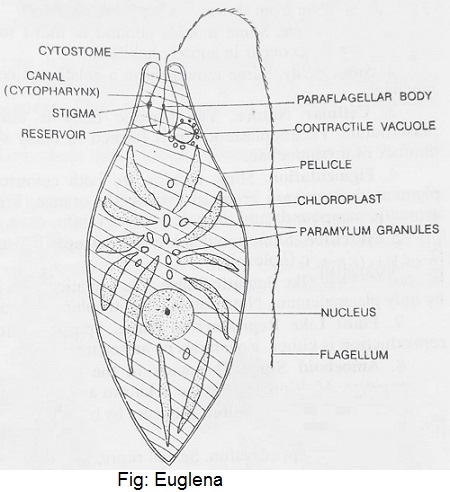
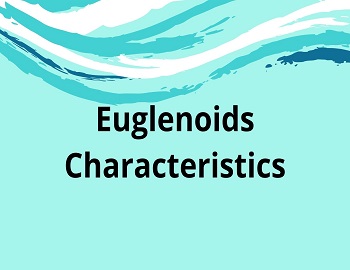
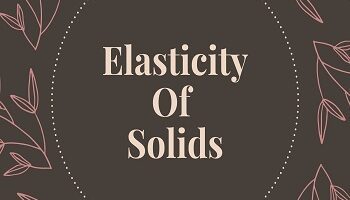
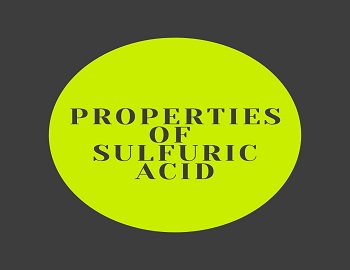
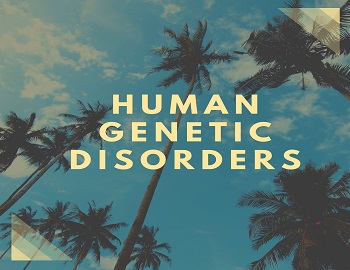
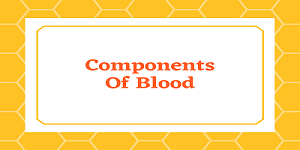
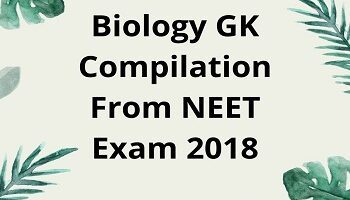

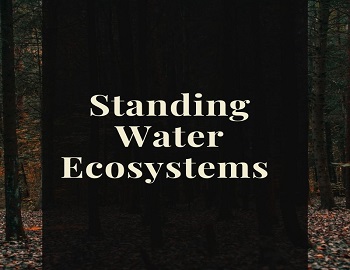

Comments (No)